Home>Garden Essentials>When To Use Scotts Turf Grass Seed
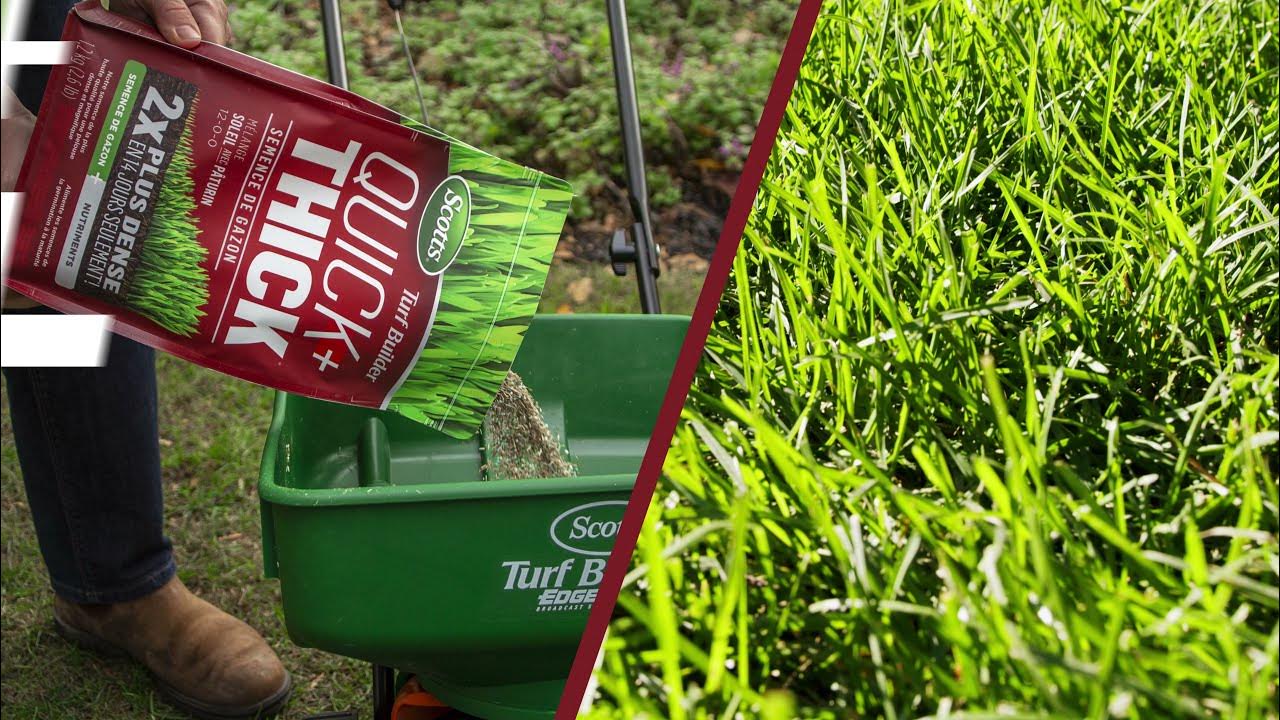

Garden Essentials
When To Use Scotts Turf Grass Seed
Modified: September 2, 2024
Looking to start a garden? Discover when to use Scotts turf grass seed to achieve a lush, vibrant garden. Enhance your outdoor space today!
(Many of the links in this article redirect to a specific reviewed product. Your purchase of these products through affiliate links helps to generate commission for Storables.com, at no extra cost. Learn more)
Introduction
Gardening enthusiasts and homeowners alike strive to create lush, green lawns that enhance the beauty of their outdoor spaces. In the pursuit of a vibrant and healthy lawn, choosing the right grass seed is crucial. Scotts Turf Grass Seed is a popular choice among gardeners for its exceptional quality and performance.
Scotts Turf Grass Seed offers a variety of grass species to suit different climate conditions and lawn requirements. Whether you’re starting a new lawn from scratch or looking to rejuvenate your existing one, using Scotts Turf Grass Seed can help you achieve your desired results.
In this article, we will explore the factors to consider before using Scotts Turf Grass Seed, the ideal season for planting it, the recommended soil conditions, the types of lawns that benefit from it, and the steps to properly prepare and plant the seed. We will also discuss important maintenance tips for newly seeded lawns and common issues that may arise during the process.
By the end of this article, you will have a comprehensive understanding of when and how to best utilize Scotts Turf Grass Seed to transform your lawn into a lush, inviting oasis.
Key Takeaways:
- Choose the right Scotts Turf Grass Seed based on your climate, lawn usage, and sunlight. Prepare the soil, plant at the right time, and maintain with care for a lush and vibrant lawn.
- Address common issues like poor germination, inadequate watering, and weed growth to troubleshoot and nurture your newly seeded lawn for successful establishment.
Read more: When To Lay Lawn Turf
Factors to Consider Before Using Scotts Turf Grass Seed
Before you embark on the journey of using Scotts Turf Grass Seed, there are several factors you should consider to ensure a successful outcome. Taking the time to assess these factors will help you determine if Scotts Turf Grass Seed is the right choice for your lawn:
- Climate: Different grass species have different temperature and humidity requirements. Consider the climate in your region and choose a grass species that is well-suited to thrive in those conditions. Scotts Turf Grass Seed offers a range of options, including cool-season grasses, warm-season grasses, and transitional grasses.
- Lawn Usage: Think about how your lawn will be used. Is it primarily for aesthetic purposes, or will it endure heavy foot traffic, pets, or children’s play? Some grasses are more tolerant of wear and tear, while others are more delicate. Determine the level of durability you need and select a grass seed that can withstand the intended usage.
- Shade and Sunlight: Assess the amount of shade and sunlight your lawn receives throughout the day. Certain grass species thrive in full sun, while others are more shade-tolerant. Plan accordingly and choose a seed mix that matches the light conditions of your lawn.
- Soil Type: The quality and composition of your soil play a vital role in the success of your lawn. Conduct a soil test to determine its pH level, fertility, and texture. Scotts Turf Grass Seed performs best in well-draining soils with a slightly acidic pH. If your soil needs improvement, consider amending it before planting the seed.
- Maintenance Level: Consider your available time and resources for lawn maintenance. Some grass species require more frequent mowing, watering, and fertilization, while others are relatively low maintenance. Select a grass seed variety that aligns with your desired level of lawn care.
By considering these factors, you can choose the appropriate Scotts Turf Grass Seed variety that will thrive in your specific lawn conditions. This thoughtful selection process will set the foundation for a healthy and vibrant lawn.
Ideal Season for Planting Scotts Turf Grass Seed
The success of your lawn heavily depends on planting Scotts Turf Grass Seed at the right time of year. Timing is crucial to ensure optimal germination and establishment of the grass seed. While the specific timing may vary depending on your climate and grass species, there are general guidelines to consider:
Cool-Season Grasses:
Cool-season grasses, such as Kentucky bluegrass, perennial ryegrass, and tall fescue, thrive in regions with cold winters and moderate summers. The ideal time to plant cool-season grass seed is during the early fall or early spring, when temperatures are cooler. This allows the seed to take advantage of the cooler soil temperatures and reduces competition from weeds.
Warm-Season Grasses:
Warm-season grasses, including Bermuda grass, Zoysia grass, and centipede grass, flourish in regions with hot summers and mild winters. The best time to plant warm-season grass seed is in late spring or early summer, when soil temperatures have warmed up. This allows the seed to germinate quickly and establish strong roots before the heat of summer arrives.
Transitional Grasses:
Transitional grasses, such as turf-type tall fescue, are adaptable to both cool and warm climates. They can be planted in either early fall or early spring, depending on your specific climate. Transitional grasses are an excellent choice for regions with fluctuating temperature extremes.
It’s important to note that these are general guidelines, and the optimal planting time may vary based on your specific location and climate conditions. Consulting with local gardening experts or checking with your local cooperative extension office can provide more accurate planting windows for your area.
By planting Scotts Turf Grass Seed during the recommended seasons, you give the seed the best chance to thrive and establish a strong, healthy lawn. This ensures that your lawn will be able to withstand the environmental conditions and provide long-lasting beauty throughout the year.
Recommended Soil Conditions for Using Scotts Turf Grass Seed
The quality and condition of your soil are fundamental to the successful growth of Scotts Turf Grass Seed. Before planting the seed, it is important to prepare the soil properly and ensure it meets the following recommended conditions:
- Well-Draining Soil: Scotts Turf Grass Seed prefers well-draining soil that allows water to infiltrate and prevents waterlogging. Poorly drained soil can lead to suffocated roots and disease issues. If you have heavy clay or compacted soil, consider amending it with organic matter, such as compost, to improve drainage.
- Optimal pH Level: The pH level of your soil is crucial for nutrient availability and the overall health of your lawn. Scotts Turf Grass Seed thrives in slightly acidic soil with a pH range between 6.0 and 7.0. Conduct a soil test to determine the pH level of your soil. If it is outside the recommended range, you can adjust it by adding lime to raise the pH or sulfur to lower the pH.
- Adequate Nutrient Content: Healthy soil with a balanced nutrient content is essential for the growth of Scotts Turf Grass Seed. Before planting, add a slow-release fertilizer or organic matter to provide essential nutrients to the soil. This will promote strong root development and vigorous growth.
- Adequate Organic Matter: Incorporating organic matter, such as compost or well-rotted manure, into your soil helps improve its texture, water retention, and nutrient-holding capacity. The addition of organic matter also encourages beneficial microbial activity, which enhances soil fertility and overall plant health.
- Absence of Weeds: It’s important to clear any existing weeds or vegetation from the area where you plan to plant Scotts Turf Grass Seed. Weeds compete with the grass seed for nutrients, water, and sunlight. Remove weeds manually or use an appropriate herbicide, ensuring that it is safe for use on the desired grass species.
Preparing the soil to meet these recommended conditions will create an ideal environment for the growth and establishment of Scotts Turf Grass Seed. It will provide the necessary foundation for a strong, healthy lawn that can withstand various environmental stresses and thrive for years to come.
Types of Lawns That Benefit from Scotts Turf Grass Seed
Scotts Turf Grass Seed offers a wide range of grass species and varieties that cater to different lawn types and requirements. Whether you have a sunny lawn, a shady yard, or a high-traffic area, there is a Scotts Turf Grass Seed option that will suit your needs. Here are some common types of lawns that benefit from using Scotts Turf Grass Seed:
- Sunny Lawns: If you have a lawn that receives ample sunlight throughout the day, there are several grass species that thrive in such conditions. Scotts Turf Grass Seed options like Kentucky bluegrass, Bermuda grass, and Zoysia grass are well-suited to sunny environments. These grasses have excellent tolerance to heat and drought, enabling them to maintain a lush and vibrant appearance even during hot, dry periods.
- Shady Lawns: If your lawn is shaded by trees, buildings, or other structures, certain grass species are better equipped to handle low light conditions. Scotts Turf Grass Seed offers shade-tolerant varieties such as fine fescue, tall fescue, and creeping red fescue. These grasses have the ability to thrive in areas with limited sunlight, ensuring a green and healthy lawn even in shaded environments.
- High-Traffic Areas: Lawns that experience heavy foot traffic, such as those in households with children or pets, require grass species that can withstand wear and tear. Scotts Turf Grass Seed options like perennial ryegrass and turf-type tall fescue have excellent durability and recovery capabilities. These grasses can handle frequent use and retain their beauty and resilience, making them ideal for high-traffic areas.
- Drought-Prone Areas: If you live in an area with limited water availability or frequent drought conditions, selecting drought-resistant grass species is crucial. Scotts Turf Grass Seed offers varieties like buffalo grass and Zoysia grass, which have deep root systems and exceptional drought tolerance. These grasses can conserve water and remain green and healthy during dry spells, reducing the need for excess watering.
By choosing the appropriate grass species from the Scotts Turf Grass Seed range, you are ensuring that your lawn will thrive in its unique conditions. Whether you have a sunny, shady, high-traffic, or drought-prone lawn, there is a Scotts Turf Grass Seed variety that will meet your specific needs and provide you with a beautiful and resilient lawn throughout the year.
For best results, use Scotts Turf Grass Seed in the early fall or spring when the soil is warm and moist. Avoid hot summer months or freezing winter conditions for optimal germination.
Read more: Benefits Of Astro Turf On Grass When Wet
How to Prepare Your Lawn for Seeding with Scotts Turf Grass Seed
Proper preparation is key to achieving successful germination and establishment when using Scotts Turf Grass Seed. Follow these steps to prepare your lawn effectively:
- Clear the Area: Remove any existing grass, weeds, rocks, or debris from the area where you plan to seed. Use a rake, shovel, or a grass trimmer to clear the surface thoroughly. This will create a clean and receptive space for the new grass seed.
- Test the Soil: Take a soil sample and send it to a reputable laboratory for analysis. This will provide valuable information about the nutrient levels, pH, and organic matter content of your soil. Based on the results, you can make the necessary amendments to improve the soil quality before seeding.
- Aerate the Soil: If your soil is compacted, aerating it will help improve water drainage and nutrient absorption. Use a core aerator to remove small plugs of soil, creating channels for air, water, and nutrients to reach the grassroots. This will enhance overall soil health and promote successful seed germination.
- Level the Surface: Smooth out any uneven spots or low areas in your lawn. Use a rake or a landscaper’s level to distribute soil evenly and create a level surface. This will prevent water pooling and ensure consistent grass growth.
- Apply Fertilizer: Prior to seeding, apply a starter fertilizer specifically designed for grass seed establishment. This will provide essential nutrients for initial growth and root development. Follow the manufacturer’s instructions for the recommended application rate.
- Seed the Area: Spread the Scotts Turf Grass Seed evenly over the prepared area using a broadcast spreader or by hand. Ensure that you apply the recommended amount of seed specified on the seed packaging. For large areas, consider using a mechanical seeder for more efficient and even coverage.
- Rake and Water: After seeding, lightly rake the surface to help incorporate the seed into the soil without burying it too deep. Water the seeded area gently but thoroughly, ensuring that the soil remains consistently moist. Avoid overwatering, as it can cause seed displacement or fungal issues.
- Mulch the Area: To retain moisture and provide additional protection for the seed, consider applying a thin layer of straw or seed mulch over the newly seeded area. This will help prevent erosion, retain soil moisture, and protect the germinating seedlings.
- Maintain Proper Care: Follow a regular watering schedule to keep the soil consistently moist until the new grass seedlings reach a height of about 2-3 inches. Gradually reduce watering frequency but increase the amount of water applied to encourage deep root growth. Avoid mowing until the grass reaches a height of 3-4 inches.
By following these steps, you will create an ideal environment for the Scotts Turf Grass Seed to thrive and establish a strong, healthy lawn. With proper preparation, care, and patience, you will be rewarded with a beautiful and lush lawn that enhances the overall appeal of your outdoor space.
Steps for Planting Scotts Turf Grass Seed
Planting Scotts Turf Grass Seed requires careful attention to detail and proper execution of the following steps:
- Prepare the Soil: Clear the area of any existing vegetation or debris. Conduct a soil test to assess its nutrient content and pH level. Make any necessary amendments to improve soil quality.
- Aerate the Soil: If the soil is compacted, use a core aerator to create channels for air, water, and nutrients to reach the grassroots. This promotes healthy root development and ensures successful seed germination.
- Level the Surface: Use a rake or landscaper’s level to smooth out any uneven spots and create a level surface for the seedbed. This helps prevent water pooling and ensures uniform grass growth.
- Apply Starter Fertilizer: Prior to seeding, apply a starter fertilizer specifically formulated for grass seed establishment. Follow the recommended application rate provided by the manufacturer. This provides vital nutrients for initial growth and development.
- Spread the Seed: Use a broadcast spreader or spread the seed by hand, ensuring even coverage across the entire area. Follow the recommended seeding rate as specified on the packaging label.
- Rake and Roll: Lightly rake the seeded area to ensure good seed-to-soil contact, without burying the seed too deep. This promotes germination. Use a lawn roller or gently tamp down the area with the back of a rake to further enhance seed-soil contact.
- Water Regularly: Keep the soil consistently moist by watering the seeded area gently but thoroughly. Avoid overwatering, which can lead to seed displacement. Monitor soil moisture levels and adjust watering as needed to prevent drying out or waterlogging.
- Maintain Adequate Moisture: Continue watering the newly seeded area frequently, making sure the soil remains consistently moist until the new grass seedlings reach a height of 2-3 inches. Gradually reduce watering frequency but increase the amount of water applied to encourage deep root growth.
- Practice Patience: Allow the grass seed to germinate and establish. Avoid mowing until the grass reaches a height of 3-4 inches. This allows for stronger root development.
- Maintain Proper Care: Once the grass is established, follow a regular lawn care routine, including mowing, watering, and fertilization, according to the specific needs of your chosen grass species.
By following these steps, you will ensure that your Scotts Turf Grass Seed has the best chance of germinating and developing into a healthy and vibrant lawn. Attention to detail during the planting process will set the foundation for long-term success.
Maintenance Tips for Newly Seeded Lawns with Scotts Turf Grass Seed
Caring for newly seeded lawns is crucial to ensure the healthy establishment of the grass seed and promote long-term success. Follow these maintenance tips to nurture your newly seeded lawn:
- Water Regularly: Keep the soil consistently moist by watering the newly seeded area regularly. Water deeply but gently to avoid washing away the seeds. Aim for light and frequent watering to prevent the soil from drying out. Watering should be done in the morning or early evening to minimize evaporation.
- Avoid Overwatering: While it is important to keep the soil moist, avoid overwatering as it can lead to shallow root growth, disease, and weed issues. Monitor the moisture level of the soil and adjust watering accordingly. As the grass seedlings develop, gradually reduce the frequency of watering but increase the amount of water applied to encourage deeper root growth.
- Mow at the Appropriate Height: Wait until the grass reaches a height of 3-4 inches before mowing for the first time. Set your mower to the highest setting and only remove the top one-third of the grass blades. This ensures that the grass seedlings have enough leaf area to capture sunlight for photosynthesis and promotes healthy root growth.
- Avoid Heavy Foot Traffic: Keep foot traffic to a minimum on newly seeded areas to prevent damage to the delicate seedlings. Restrict pets, children, and heavy objects from walking or playing on the newly seeded lawn until the grass has established and developed a strong root system.
- Control Weeds: Monitor the newly seeded area for any weed growth. Weeds compete with the grass seedlings for sunlight, water, and nutrients. Use hand-pulling or appropriate herbicides labeled for use on newly seeded lawns to control weeds, ensuring that the herbicides are safe for the specific grass species you have chosen.
- Apply Starter Fertilizer: After the initial application of starter fertilizer before seeding, a second application may be beneficial to provide additional nutrients to support the growing grass seedlings. Follow the manufacturer’s instructions for the recommended rate and timing.
- Overseed Bare Spots: If you notice any bare spots or thin areas in your newly seeded lawn, overseeding can help fill in those areas. Prepare the spot by gently raking the soil surface and spread a thin layer of Scotts Turf Grass Seed over the bare areas. Keep the overseeded spots well-watered until the new seed germinates and establishes.
- Monitor and Adjust: Regularly assess the condition of your newly seeded lawn. Watch for signs of any issues such as disease, pest infestation, or nutrient deficiencies. Take appropriate action if necessary, such as adjusting watering practices, applying targeted treatments, or providing additional fertilization.
By following these maintenance tips, you will foster the healthy growth and establishment of your newly seeded lawn. Patience, consistent care, and attention to detail will reward you with a lush and beautiful lawn that will be the envy of your neighborhood.
Common Issues and Troubleshooting with Scotts Turf Grass Seed
While using Scotts Turf Grass Seed can lead to a successful and vibrant lawn, it’s important to be aware of common issues that may arise during the growing process. Here are some common problems and troubleshooting tips:
- Poor Germination: If you notice patchy or uneven germination, it may be due to inadequate seed-to-soil contact. Ensure that you properly prepare the soil, rake the seed into the soil surface, and gently roll or tamp it down. This helps to improve seed-to-soil contact and increase germination rates.
- Inadequate Watering: Insufficient or inconsistent watering can lead to poor seed germination and weak seedling development. Make sure to water the seeded area regularly, keeping the soil consistently moist until the grass seedlings reach a height of 2-3 inches. Adjust watering as needed to prevent both under and overwatering.
- Excessive Weed Growth: Weeds can be a common problem in newly seeded lawns. To prevent weed competition, remove any existing weeds before seeding and apply a pre-emergent herbicide to minimize weed growth. Hand-pull any emerging weeds carefully, making sure not to disturb the fragile grass seedlings.
- Poor Soil Quality: The quality and composition of the soil can greatly impact the success of grass seed germination and growth. Conduct a soil test prior to seeding to identify any nutrient deficiencies or pH imbalances. Amend the soil as necessary, adding organic matter or adjusting pH levels with the appropriate amendments.
- Disease and Insect Damage: Newly seeded lawns can be susceptible to diseases and insect infestations. Monitor your lawn regularly for any signs of diseases such as brown patches or fungal growth. Treat diseases promptly with appropriate fungicides. Similarly, keep an eye out for insect damage and take suitable measures to control the pests.
- Improper Mowing: Mowing too soon or too low can damage the delicate seedlings. Wait until the grass reaches a height of 3-4 inches before the first mowing. Use a sharp mower blade and set the mower deck to the highest setting. Only remove about one-third of the grass blade length at each mowing to promote healthy growth.
- Environmental Stress: Extreme weather conditions such as heatwaves, drought, or freezing temperatures can stress newly seeded lawns. Provide appropriate care during these periods, including proper watering, shading, or covering if necessary. Ensure that the grass seed you choose is well-suited to your specific climate conditions.
- Insufficient Fertilization: Adequate nutrition is essential for the growth and health of your newly seeded lawn. Apply a starter fertilizer before seeding and consider a second application a few weeks after germination. Follow the recommended rates and timing specified on the fertilizer packaging for the specific grass seed you are using.
By being proactive in identifying and addressing these common issues, you can troubleshoot problems effectively and nurture your newly seeded lawn towards successful establishment and long-term vitality.
Read more: Scotts Sun And Shade: How Long To Germinate?
Conclusion
Creating a lush and healthy lawn is a rewarding endeavor, and using Scotts Turf Grass Seed can play a significant role in achieving that goal. By considering factors such as climate, lawn usage, shade and sunlight, soil conditions, and maintenance level, you can choose the right grass seed that aligns with your specific needs and preferences.
Planting Scotts Turf Grass Seed requires proper soil preparation, including clearing the area, testing and amending the soil, and ensuring good seed-to-soil contact. By following the steps of seeding, watering, and maintaining the newly seeded lawn, you provide the ideal conditions for successful germination and establishment.
It’s important to address common issues and apply troubleshooting techniques when necessary. This includes managing poor germination, ensuring adequate watering, controlling weeds, addressing soil quality, monitoring for diseases and pests, mowing properly, handling environmental stress, and providing sufficient fertilization. By proactively addressing these challenges, you can overcome obstacles and nurture your newly seeded lawn towards a thriving and beautiful landscape.
Remember that patience and consistent care are key to achieving the desired results with Scotts Turf Grass Seed. It may take some time for the grass seed to germinate and establish, but with diligence and attention to detail, you can enjoy the transformation of your lawn into a stunning outdoor space.
In conclusion, using Scotts Turf Grass Seed in the right season, preparing the soil appropriately, and following proper maintenance practices will give you the best chance of cultivating a healthy and attractive lawn. With the right approach and a little bit of TLC, you can create a vibrant and lush green oasis that enhances the beauty of your outdoor environment for years to come.
Frequently Asked Questions about When To Use Scotts Turf Grass Seed
Was this page helpful?
At Storables.com, we guarantee accurate and reliable information. Our content, validated by Expert Board Contributors, is crafted following stringent Editorial Policies. We're committed to providing you with well-researched, expert-backed insights for all your informational needs.



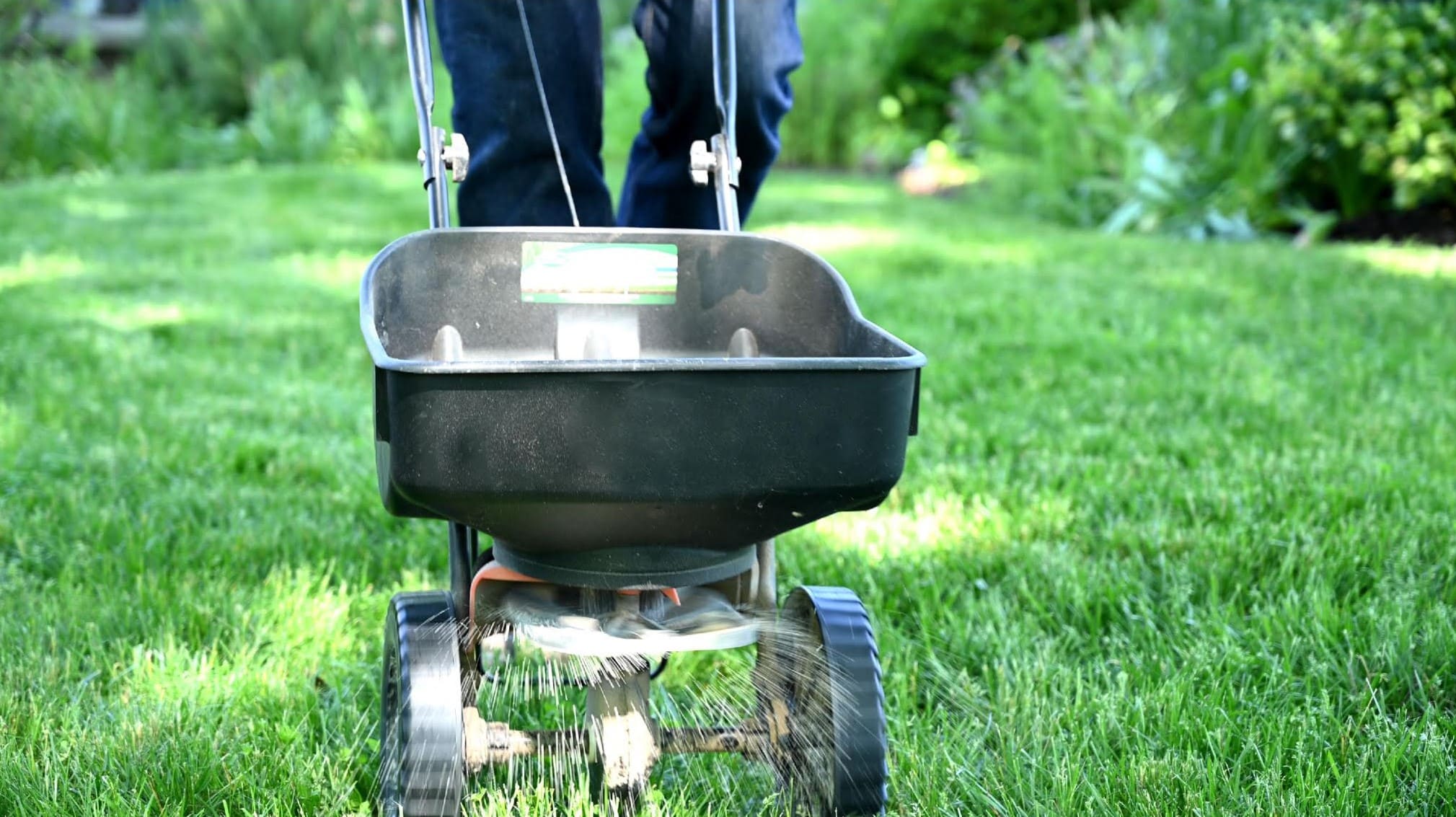
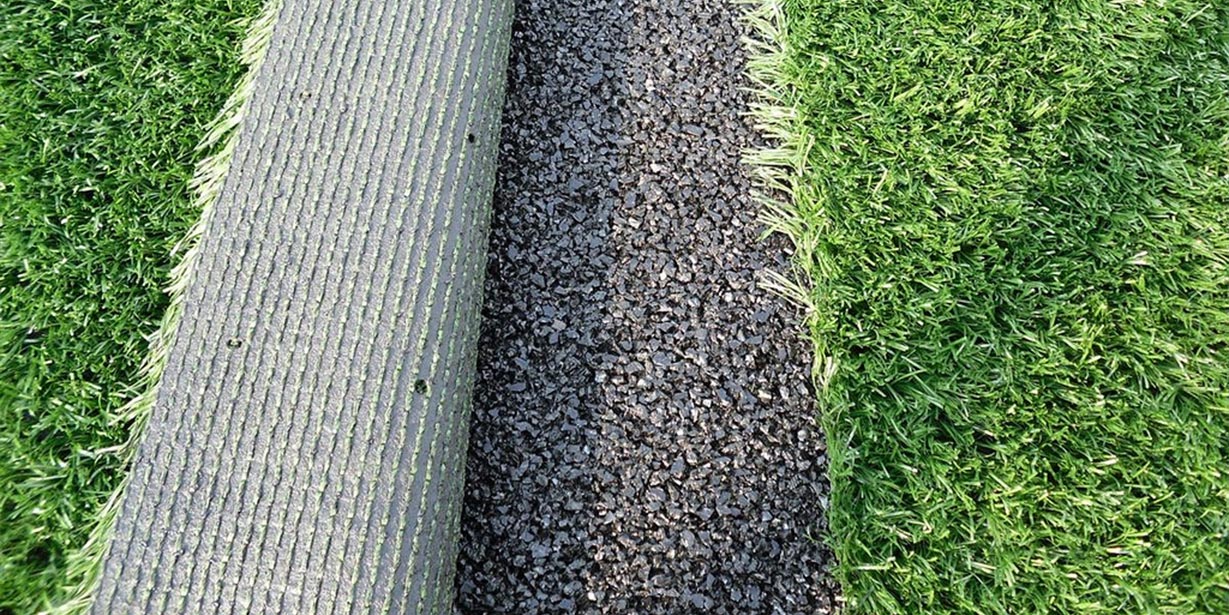
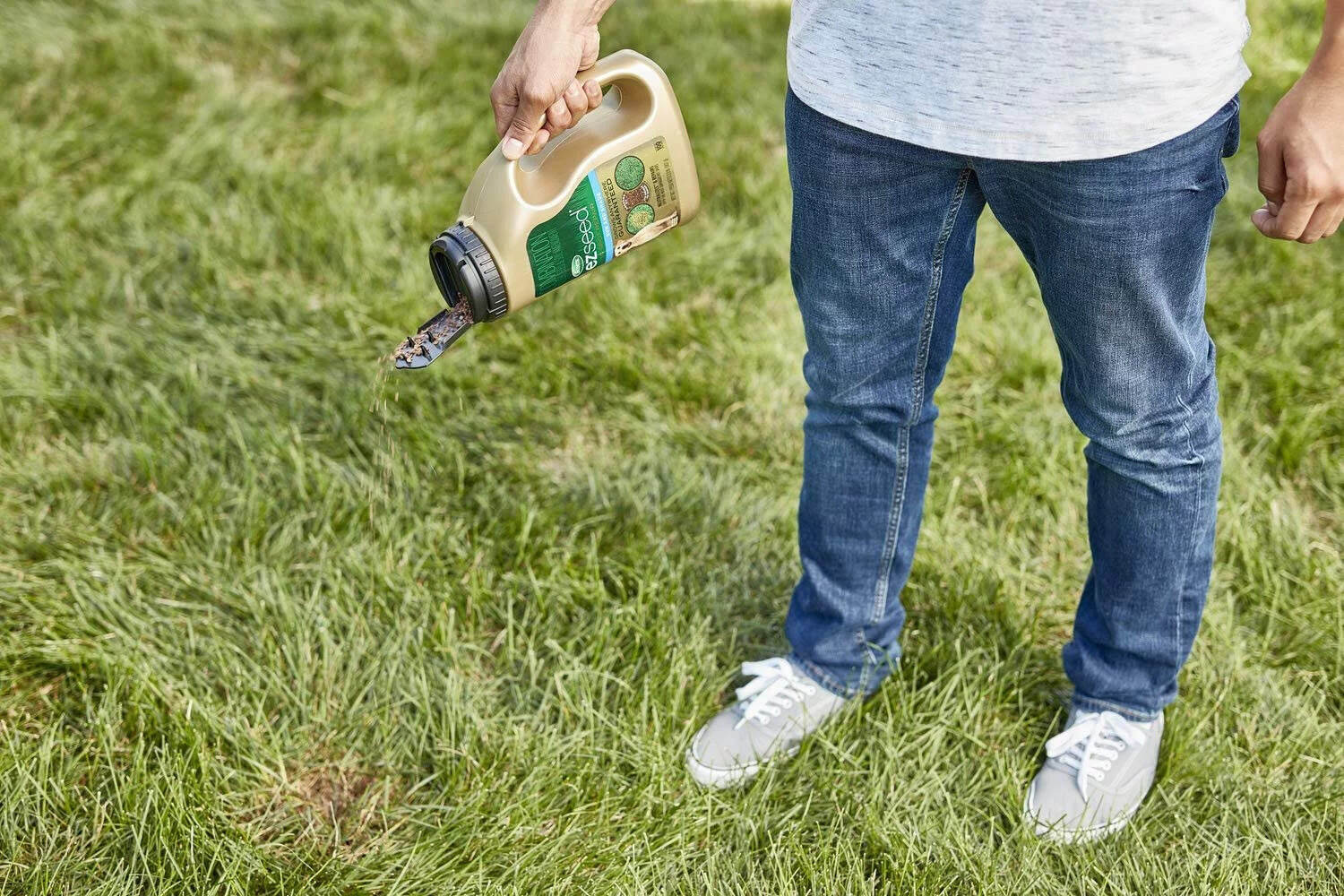
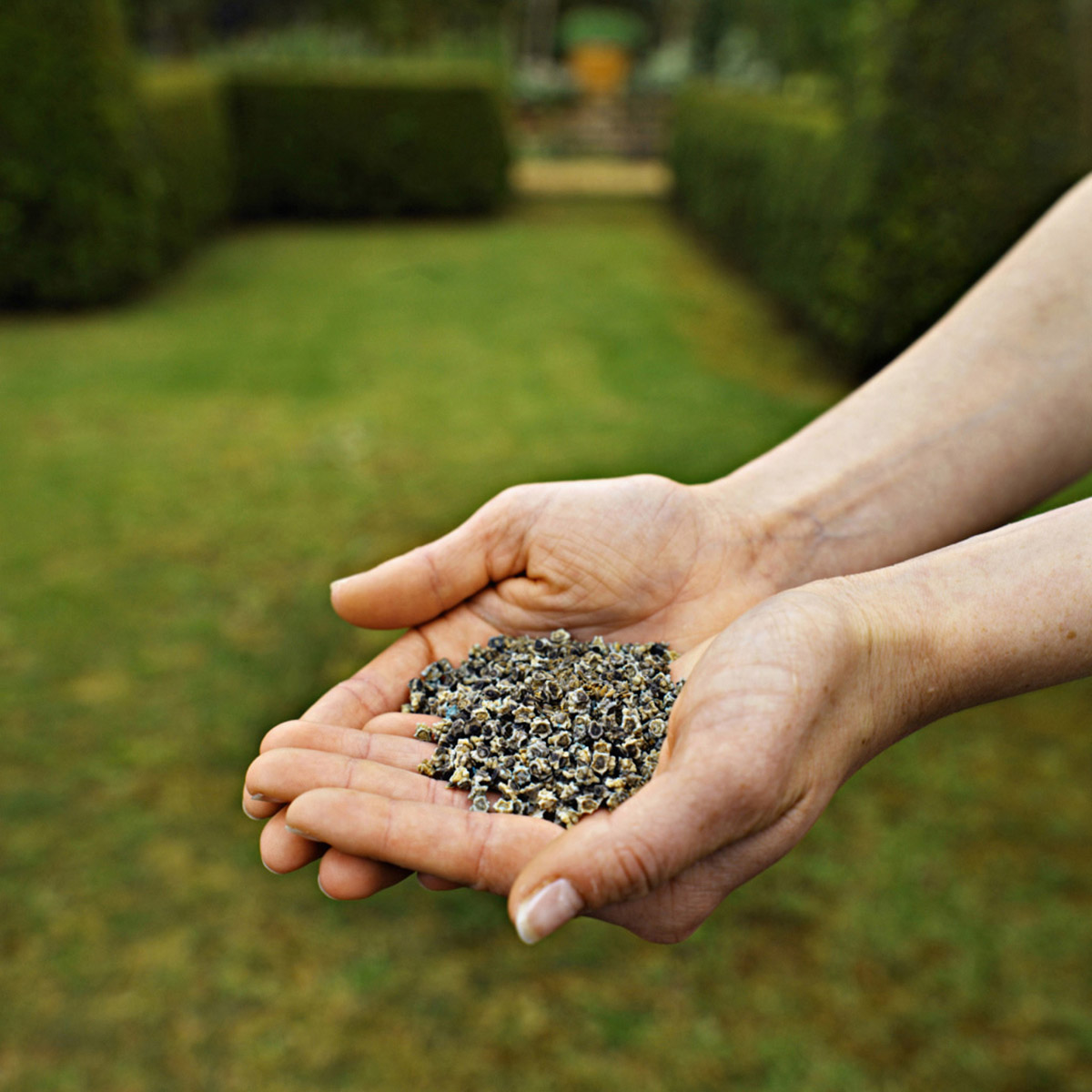
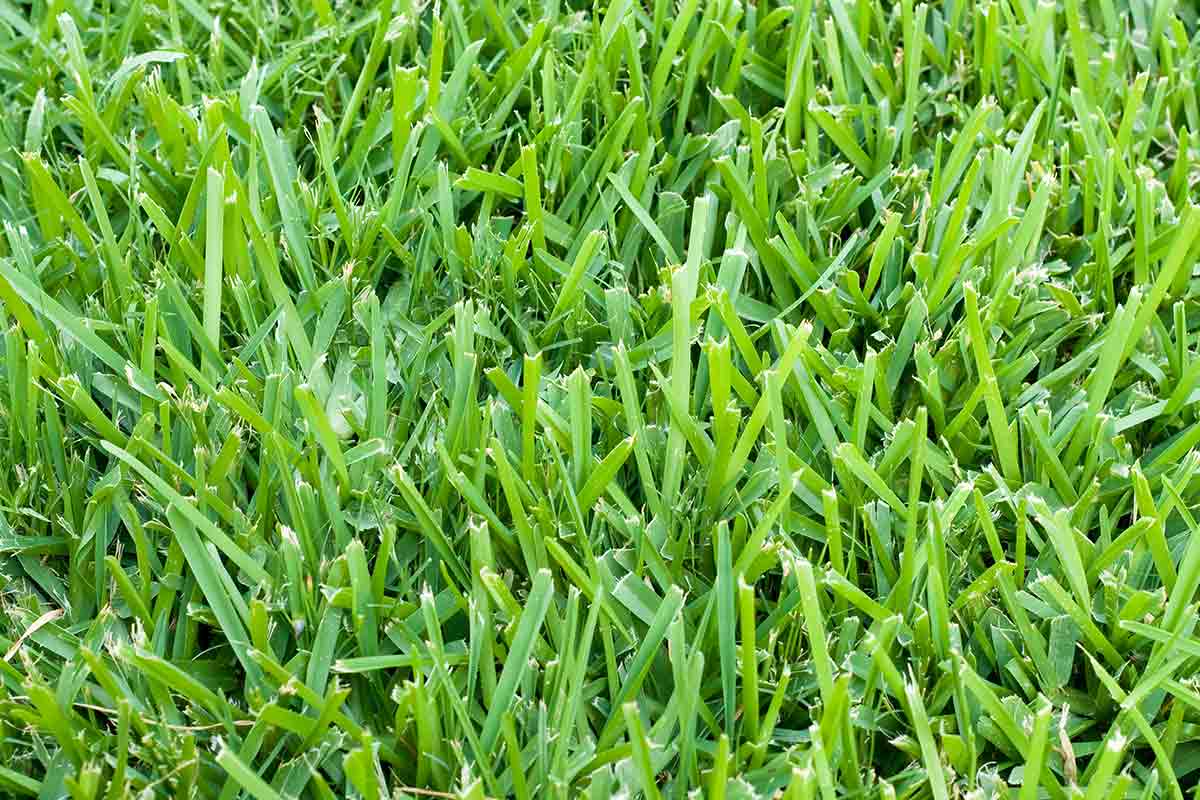
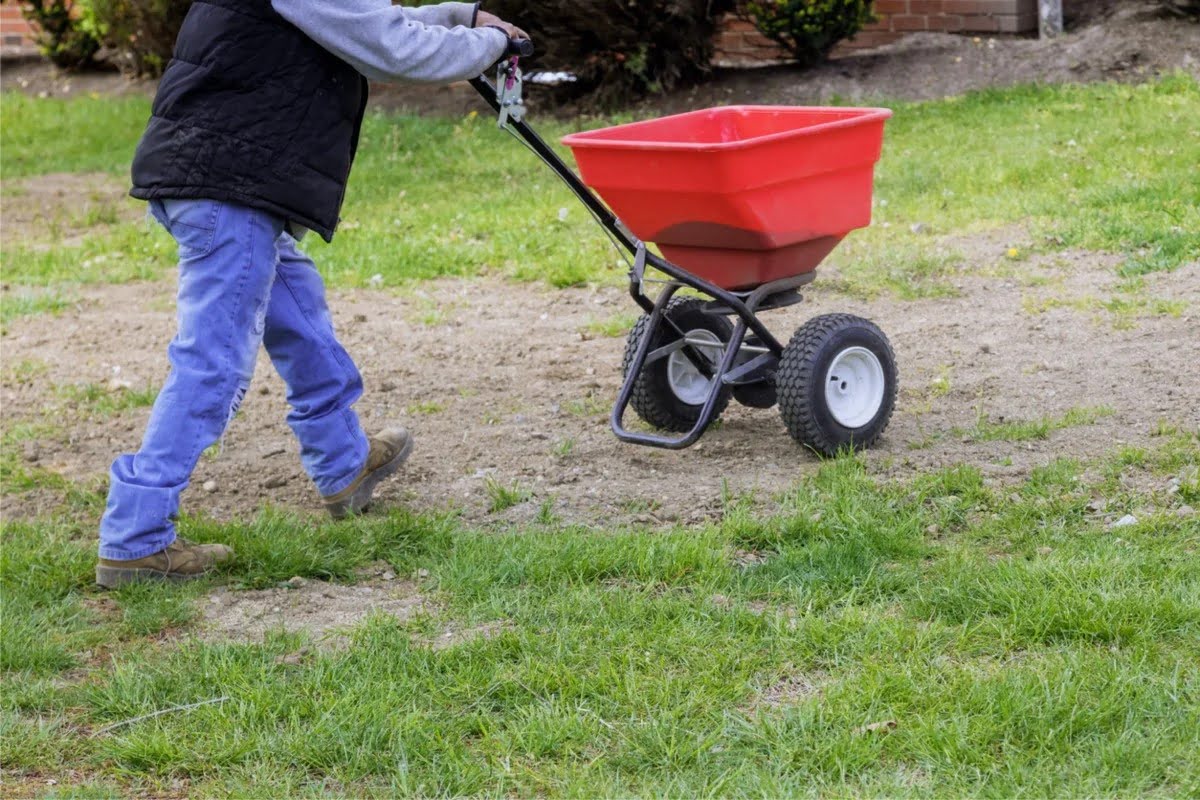
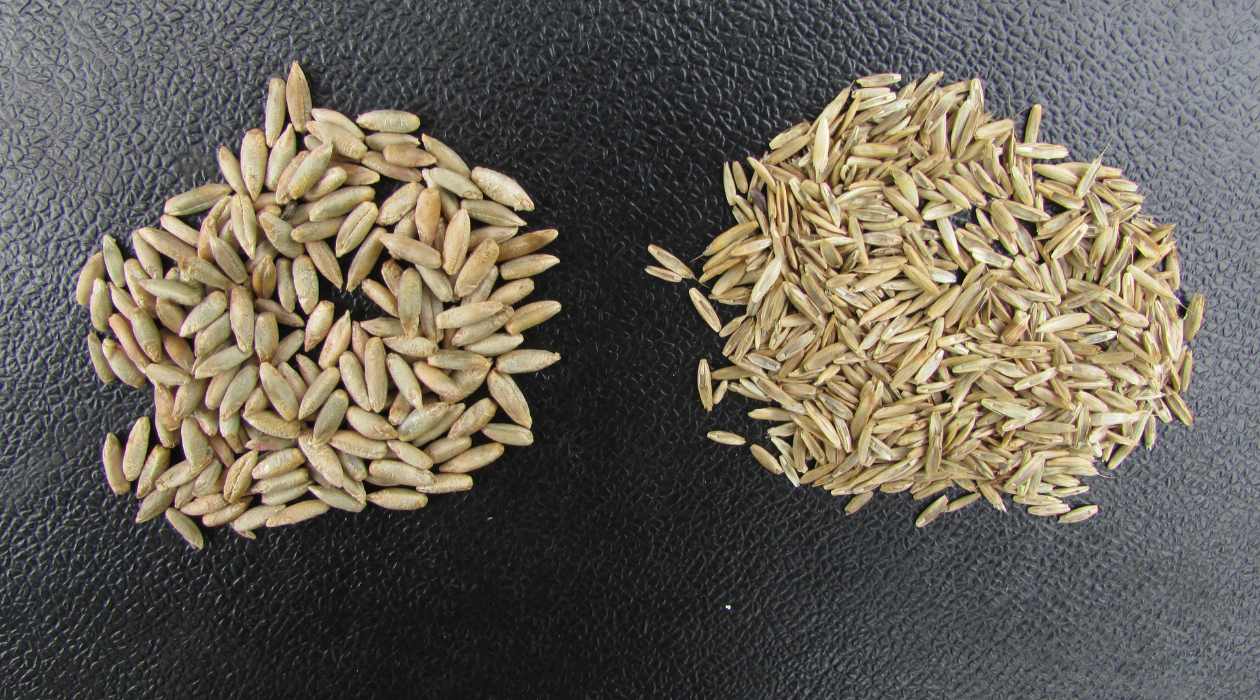
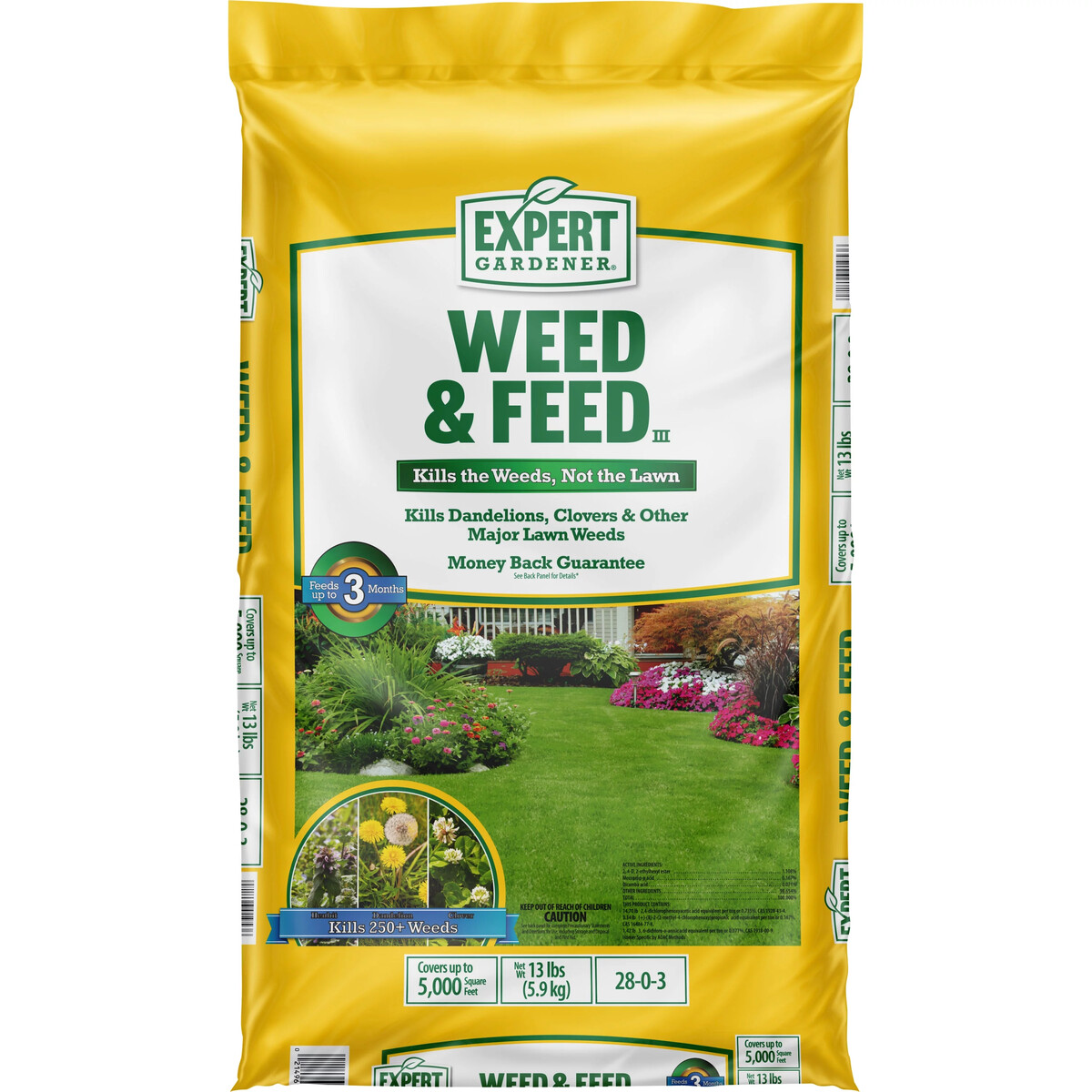
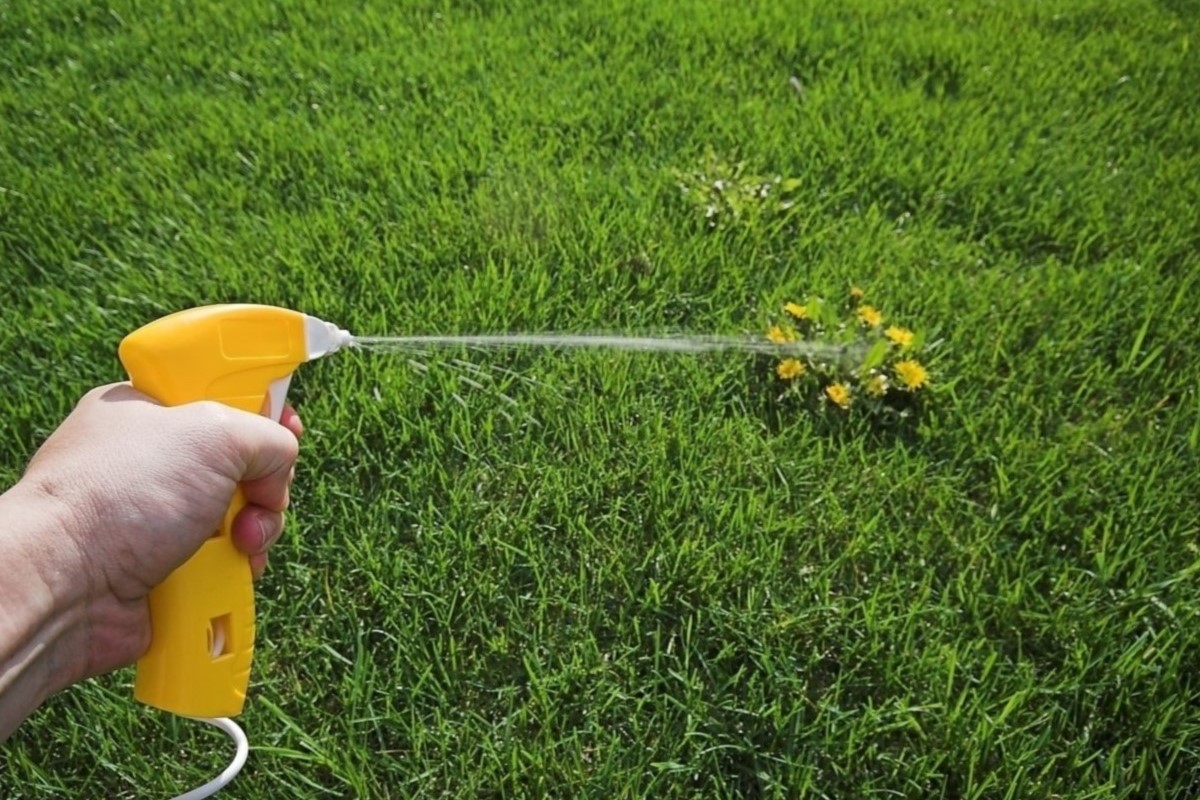


0 thoughts on “When To Use Scotts Turf Grass Seed”